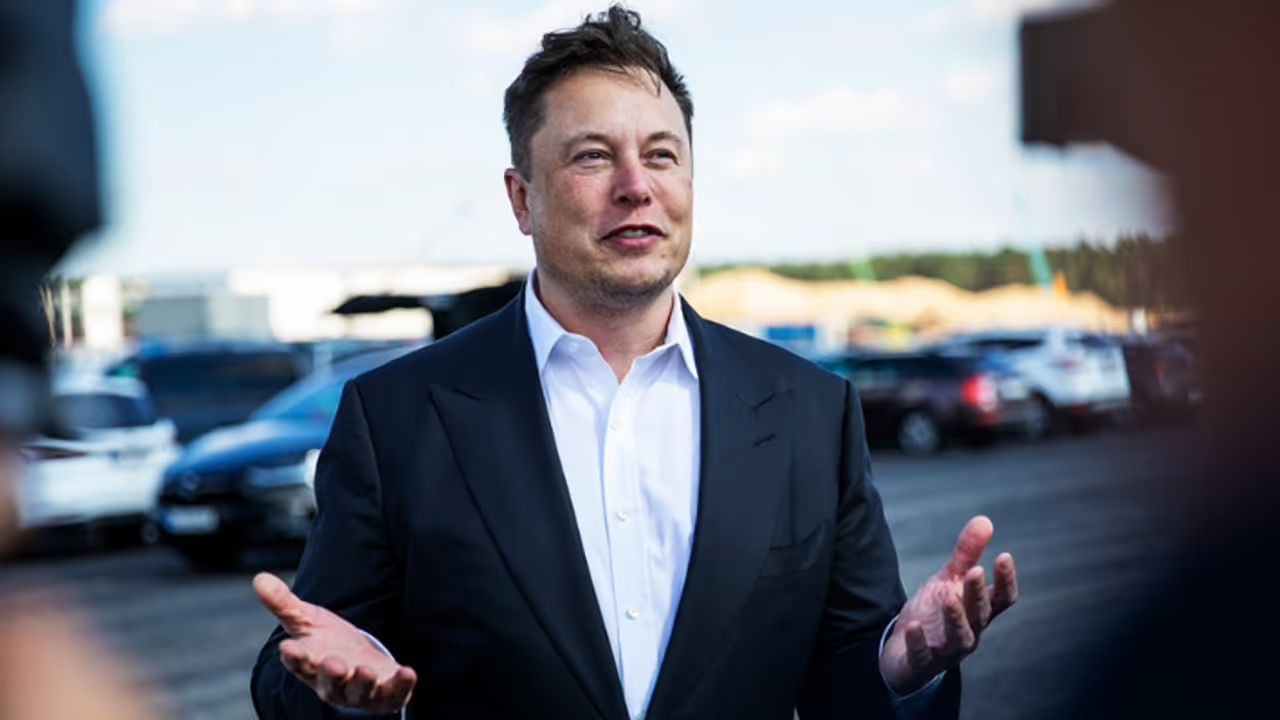Elon Musk revealed a self-driving robotaxi, predicting availability by 2027. The electric vehicle, lacking a steering wheel and pedals, aims to be significantly safer and cheaper than human-driven cars, utilizing AI and cameras for autonomous navigation.
Elon Musk on Thursday unveiled what he said was a robotaxi capable of self-driving, predicting it would be available by 2027 -- about a decade after he first promised an autonomous vehicle. The CEO of Tesla said that the totally electric vehicle, which lacks a steering wheel and pedals, will cost less than $30,000, be "10 to 20 times safer" than automobiles operated by people, and be wirelessly charged using inductive technology. He said to an audience at the Warner Brothers Studio lot outside of Los Angeles, "You can think of the car in an autonomous world as being like just a little lounge."

Musk said Tesla already had 50 of the car, which had gullwing doors evocative of the Delorean made famous by the "Back to the Future" movies, but little further specifics were provided. According to him, the business plans to start producing what he dubbed the "cybercab" after starting "fully autonomous, unsupervised" driving with current models in Texas and California the next year. According to Musk, it can accommodate up to 20 passengers and may be modified to transport cargo. He gave no details about production or any timeline.
Musk also displayed Optimus, a dancing humanoid robot that he claimed will eventually be able to perform mundane duties and provide companionship. Musk first stated in 2016 that a completely autonomous car would be available in two years. A year later, he was promoting a car that would be so intelligent by 2019 that its users might fall asleep as it drove them about.
He said the cars rely on artificial intelligence and cameras and do not need other hardware such as what robotaxi rivals use – an approach investors and analysts have flagged as challenging both from a technical and regulatory standpoint.
